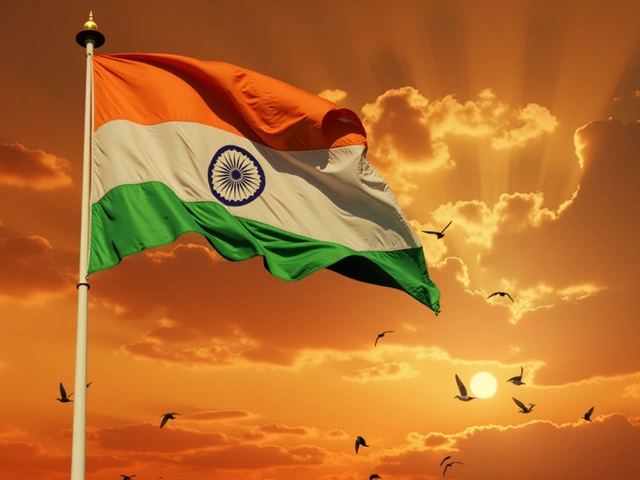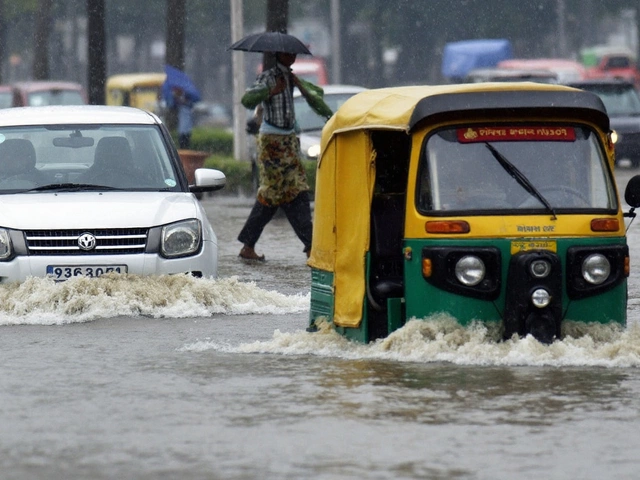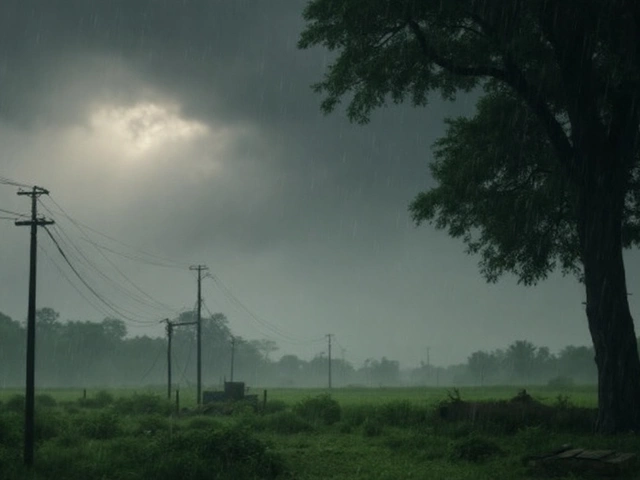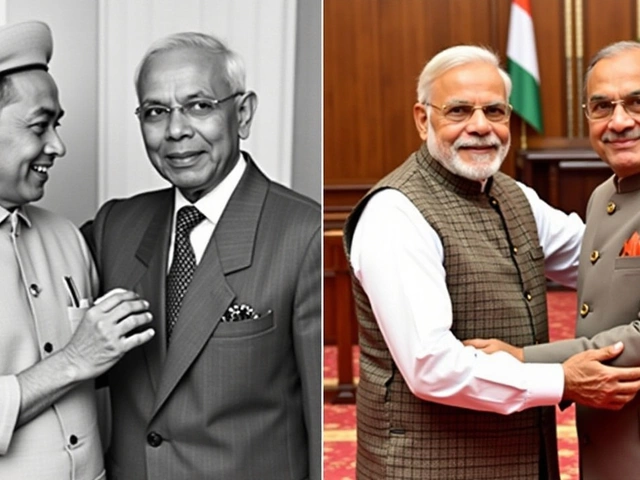Udhampur Protests: All the Essentials in One Place
If you’ve heard about the Udhampur protests but aren’t sure what’s really going on, you’re in the right spot. Over the past few weeks, thousands have taken to the streets of Udhampur, a town in Jammu and Kashmir, to demand better services, jobs, and a say in local decisions. The crowds started small, but the police response and media coverage turned it into a headline‑making event.
Why the Protests Started
Local residents say the main trigger was a sudden cut in water supply and electricity. Farmers also complained about delayed payments for crops, while youth groups pointed to a lack of job opportunities. When a petition was ignored by the district administration, people decided to march and set up temporary camps outside the district offices. The chant you’ll hear most is “Right to basic services!” – a simple demand that resonates across the region.
How Authorities Have Reacted
The police have set up barricades and imposed a curfew in the city centre. While they say the measures are meant to keep everyone safe, many protesters feel it’s a way to silence dissent. Over the past three days, there have been a few clashes, resulting in arrests and a few injuries. Yet the movement hasn’t stopped – participants keep rotating shifts, so there’s always a fresh crowd on the streets.
For anyone living in Udhampur, the curfew means limited movement after 8 pm. Public transport is running on a reduced schedule, and a few shops have shut down temporarily. If you need to move around, it’s best to carry a valid ID and stay near main roads where security checks are lighter.
What can you do to stay safe? First, keep an eye on official bulletins from the district police – they post updates on the local radio and official websites. Second, follow trusted local journalists on social media for on‑the‑ground photos and videos. Third, if you’re caught in a protest, stay calm, follow the instructions of security personnel, and avoid any aggressive actions that could raise tensions.
Beyond safety, many residents are using the protest as a chance to organize community aid. Volunteers are handing out bottled water, food packets, and basic medical kits to those sleeping in makeshift camps. If you have spare supplies, you can join a neighbourhood group that’s already coordinating distribution. The spirit of the protest isn’t just about anger – it’s also about solidarity.
What’s next for the Udhampur protests? Analysts say the movement could either fizzle out if the government offers a concrete plan, or it could grow broader if more towns join in. So far, the district administration has promised a meeting with community leaders next week. Keep an eye out for that date; the outcome could shape the rest of the summer in the region.
In short, the Udhampur protests are about everyday people demanding basics – water, power, jobs, and a voice. The situation is fluid, but staying informed, staying calm, and supporting community aid can make a real difference. Bookmark this page for real‑time updates and practical tips whenever the protests make headlines again.
Udhampur Sees Strong Protests and Counter-Rallies Six Years After Article 370 Abrogation
Six years after Article 370 was repealed, Udhampur saw heated demonstrations by NC and Congress demanding the return of statehood and democratic rights for Jammu and Kashmir. Meanwhile, BJP held celebratory Tiranga rallies, highlighting development. Minor incidents occurred, echoing similar protests across the state.





